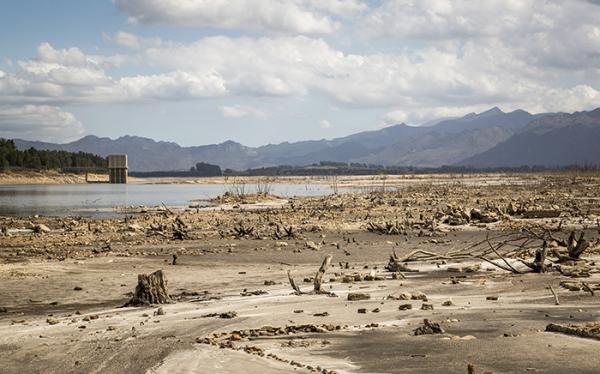Study shows that privileged urban populations are key drivers of urban water crises
11 Apr 2023 by The Water Diplomat

In the first two decades of the twentieth century, 79 cities across the world have suffered acute water shortages due to continuous growth in demand as well as the impacts of climate change. Traditional explanations of these crises point to the continuous growth of urban areas, both through population growth and economic growth, as well as changes in the water cycle that reduce the predictability and reliability of existing water supply systems.
However, in a publication in Nature Sustainability, researchers led by Elisa Savelli at the Department of Earth Sciences at Uppsala University show how social inequalities across different groups play a major role in the manifestation of these crises: the researchers explain urban water crises as being generated by asymmetric power relations and come to the conclusion that water crises such as that experienced by the city of Cape Town are also a result of the unsustainable practices of the elite.
The study focuses on the city of Cape Town to make its argument – although the authors make the point that similar dynamics exist in other cities faced with shortages. Based on the 2020 census, 13,7% of the population – the elite and upper middle-income groups – use more than half (51%) of the household water in the city. Informal dwellers and lower income households, by contrast, constitute 61,5% of the population but consume just 23,7% of household water. The authors argue that this system is unsustainable: it fosters consumerism and reduces the amount of water available for less advantaged sections of the population. In the long term, this level of overconsumption can lead to depletion of local surface and groundwater sources.
Towards the end of the 2015-2017 drought, the city’s supply dams were at critically low levels and a series of water demand management measures were introduced. However, there restrictions disproportionately affected the poorer sections of the population: these households had to reduce their daily consumption per capita from 197 litres per day to 101 litres per capita per day, a reduction of 51%. This forced these households to reduce their consumption for basic needs such as bathing, laundry, cooking and sustaining their livelihoods. The privileged households by contrast suspended non-essential uses such as filling swimming pools, watering gardens or washing cars. In addition, there was a rapid increase among more privileged households of consuming water from private water sources (groundwater) which could lead to over-abstraction of these sources in the longer term.
The authors conclude that even in a situation such as in Cape Town which features progressive block tariffs that aim at cross-subsidising poorer households, the poor have been disproportionately affected by water demand measures while generating more environmental risks for the city. In the longer term, the responses to water scarcity that overlook inequalities in distribution of water within the city or continue to tolerate overexploitation of water resources cannot be part of resilience strategies. The prevention of overconsumption itself should therefore be a part of future resilience strategies.
